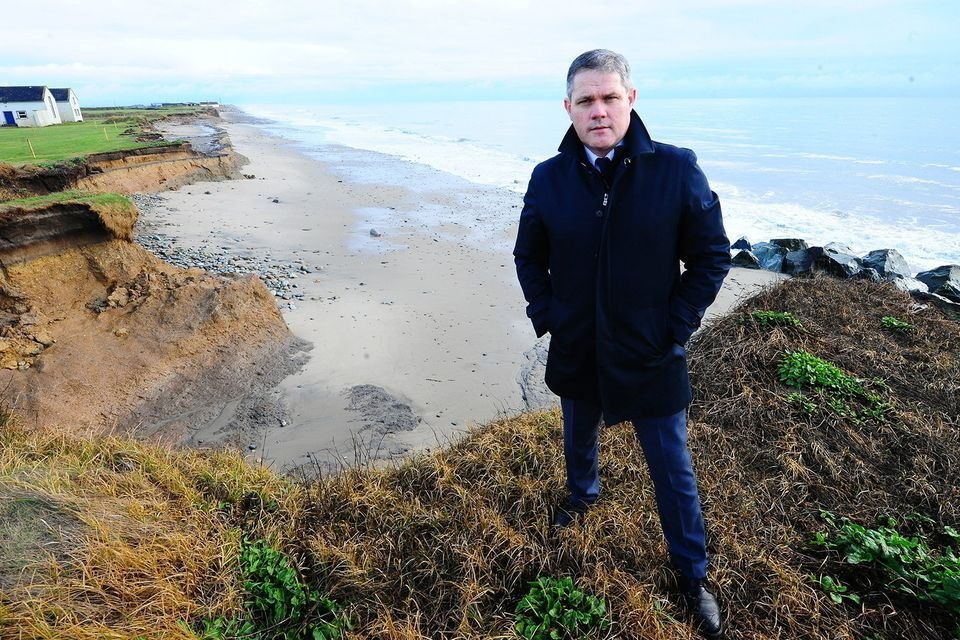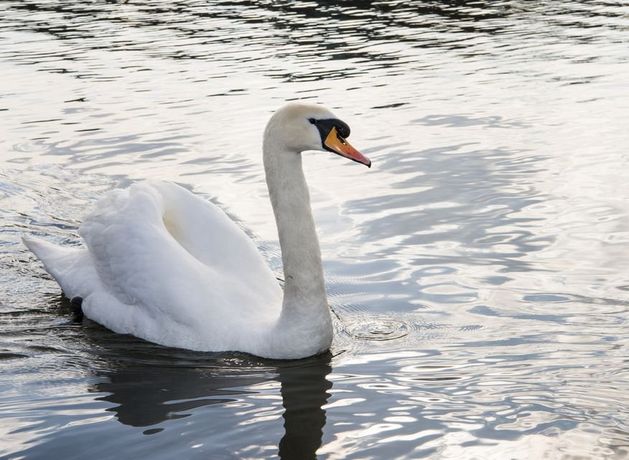Tests are currently being carried out by the Department of Agriculture to determine cause of deaths
The National Parks and Wildlife Service which has responsibility for the area, has informed the Department of Agriculture and tests are being undertaken to establish the cause of death of at least 10 swans.
Naturalist Jim Hurley, one of the county’s foremost environmental campaigners says, that it is “unknown” if it is linked to the bird flue outbreak and that “samples have been sent for testing.”
Cllr Ger Carthy, who lives in the area, says “it has been going on for the last week and a half. There are probably more then 10 swans dead on the lake.”
He believes the response has been “slow” and “there are three or four dead swans who have been left there for a number of days.”
A mandatory housing order for the poultry population in the Republic will come into effect on Monday, while one has already been in place in Northern Ireland since Thursday.

Local councillor Ger Carthy.
“I made contact yesterday with the Minister for Agriculture,” said Cllr Carthy. “The response I got today was that he has spoken with the veterinary team and that he has been informed that they will be tested.”
Bird Flu is carried by migrant birds, and Wexford is at greater risk than other parts of the country due to the diverse species which visit the county.
“For commercial operators, this is their livelihood. But we also have a duty of care to reduce the spread of this for wildlife under the habitat directive. Who is ultimately responsible?” said Cllr Carthy.
“We have rangers on Lady’s Island Lake who are employed by the National Parks and Wildlife Service. Jurisdiction for testing lies with the Department of Agriculture. One doesn’t have a rank on the other and can’t force them to get their act together.
“Here we are in the middle of bureaucracy on top of more bureaucracy and we’re no better off,” added Cllr Carthy.
Earlier this year a report by the Environmental Protection Agency (EPA) found that the lake was “one of the most polluted lagoons” in Ireland and had undergone a “significant ecological deterioration” in the past 40 years due to “agricultural nitrate pollution”.
The report also revealed that around 60 tonnes of nitrogen enter the lake annually and that high levels of nitrogen and phosphorus have been deposited on the bed of the lake since the 1980s.
Speaking in June, Wexford Green Party representative Peadar McDonald also highlighted issues with the lake.
“The lake is a unique Special Area of Conservation and Special Protection Area, but it’s not being protected,” Mr McDonald said.
“It’s one of the most nutrient polluted lakes in the country, mainly due to about 60 tonnes of nitrogen entering the lake annually, as indicated in a recent EPA report. 1,505 tonnes of nitrogen and 127 tonnes of phosphorus are estimated to be retained at in the bed of the lake and as a result, we’ve seen severe damage to native plants and fish.
“The problem has been well-known for decades now, yet there has been a lack of effective action by the relevant authorities to tackle the problem.”
The Department of Agriculture have been contacted for an update.

